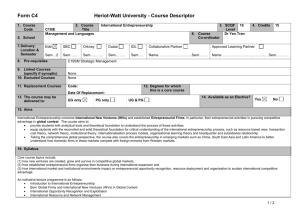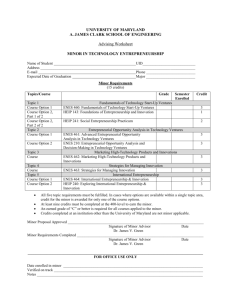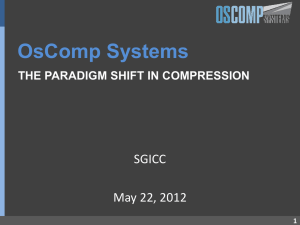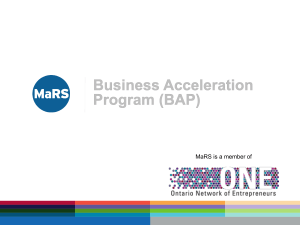Authors` response to Comments by Baldwin Ranson on
advertisement
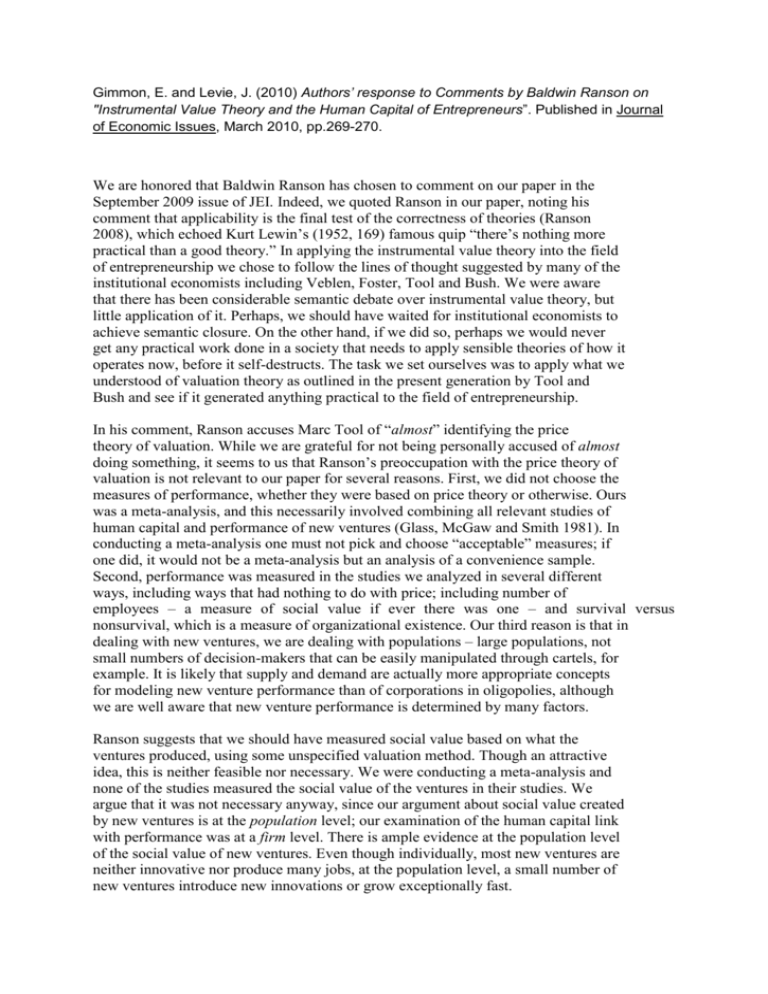
Gimmon, E. and Levie, J. (2010) Authors’ response to Comments by Baldwin Ranson on "Instrumental Value Theory and the Human Capital of Entrepreneurs”. Published in Journal of Economic Issues, March 2010, pp.269-270. We are honored that Baldwin Ranson has chosen to comment on our paper in the September 2009 issue of JEI. Indeed, we quoted Ranson in our paper, noting his comment that applicability is the final test of the correctness of theories (Ranson 2008), which echoed Kurt Lewin’s (1952, 169) famous quip “there’s nothing more practical than a good theory.” In applying the instrumental value theory into the field of entrepreneurship we chose to follow the lines of thought suggested by many of the institutional economists including Veblen, Foster, Tool and Bush. We were aware that there has been considerable semantic debate over instrumental value theory, but little application of it. Perhaps, we should have waited for institutional economists to achieve semantic closure. On the other hand, if we did so, perhaps we would never get any practical work done in a society that needs to apply sensible theories of how it operates now, before it self-destructs. The task we set ourselves was to apply what we understood of valuation theory as outlined in the present generation by Tool and Bush and see if it generated anything practical to the field of entrepreneurship. In his comment, Ranson accuses Marc Tool of “almost” identifying the price theory of valuation. While we are grateful for not being personally accused of almost doing something, it seems to us that Ranson’s preoccupation with the price theory of valuation is not relevant to our paper for several reasons. First, we did not choose the measures of performance, whether they were based on price theory or otherwise. Ours was a meta-analysis, and this necessarily involved combining all relevant studies of human capital and performance of new ventures (Glass, McGaw and Smith 1981). In conducting a meta-analysis one must not pick and choose “acceptable” measures; if one did, it would not be a meta-analysis but an analysis of a convenience sample. Second, performance was measured in the studies we analyzed in several different ways, including ways that had nothing to do with price; including number of employees – a measure of social value if ever there was one – and survival versus nonsurvival, which is a measure of organizational existence. Our third reason is that in dealing with new ventures, we are dealing with populations – large populations, not small numbers of decision-makers that can be easily manipulated through cartels, for example. It is likely that supply and demand are actually more appropriate concepts for modeling new venture performance than of corporations in oligopolies, although we are well aware that new venture performance is determined by many factors. Ranson suggests that we should have measured social value based on what the ventures produced, using some unspecified valuation method. Though an attractive idea, this is neither feasible nor necessary. We were conducting a meta-analysis and none of the studies measured the social value of the ventures in their studies. We argue that it was not necessary anyway, since our argument about social value created by new ventures is at the population level; our examination of the human capital link with performance was at a firm level. There is ample evidence at the population level of the social value of new ventures. Even though individually, most new ventures are neither innovative nor produce many jobs, at the population level, a small number of new ventures introduce new innovations or grow exceptionally fast. We accept that the word “value” can be interpreted in different ways – and indeed, there is an example of the confusion that this can create in Ranson’s misinterpretation of our use of the word “value” as “effectiveness” when on that occasion we intended a more colloquial interpretation of “usefulness.” In our view, a central contribution of institutional economics could be a sorting out of what value means. To judge by Ranson’s notes to his comment, this has not yet been achieved. We agree with James Webb (2004) that there is too much focus on inventing and defending new vocabulary and terminology in institutional economics and not enough on practical applications. When we tried it, we found the version of instrumental value theory we applied to be useful for our purpose. Perhaps it is because we are from the field of entrepreneurship, where action is valued, but we prefer to turn Ranson’s final metaphor on its head: perhaps it is better to add a hybrid engine to a wasteful Cadillac than do nothing at all! References Glass, Gene V., Barry McGaw and Mary Lee Smith. Meta-analysis in Social Research. Beverly Hills and London: Sage Publications, 1981. Lewin, Kurt. Field Theory in Social Science: Selected Theoretical Papers. London: Tavistock, 1952. Ranson, Baldwin. “Confronting Foster’s Wildest Claim: ‘Only the Instrumental Theory of Value Can be Applied!’” Journal of Economic Issues 42, 2 (2008): 537-44. Webb, James. “Reply to Baldwin Ranson: New Continua are Not a Substitute for Deweyan Inquiry.” Journal of Economic Issues 38, 4 (2004): 1056-1060. Eli Gimmon Tel-Hai Academic College, Israel and Jonathan Levie Hunter Centre for Entrepreneurship University of Strathclyde
